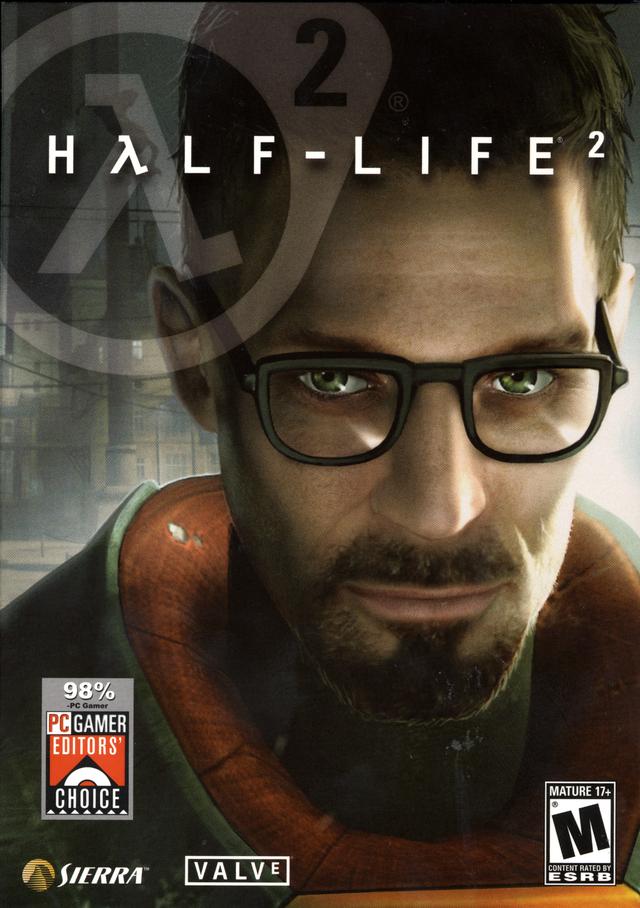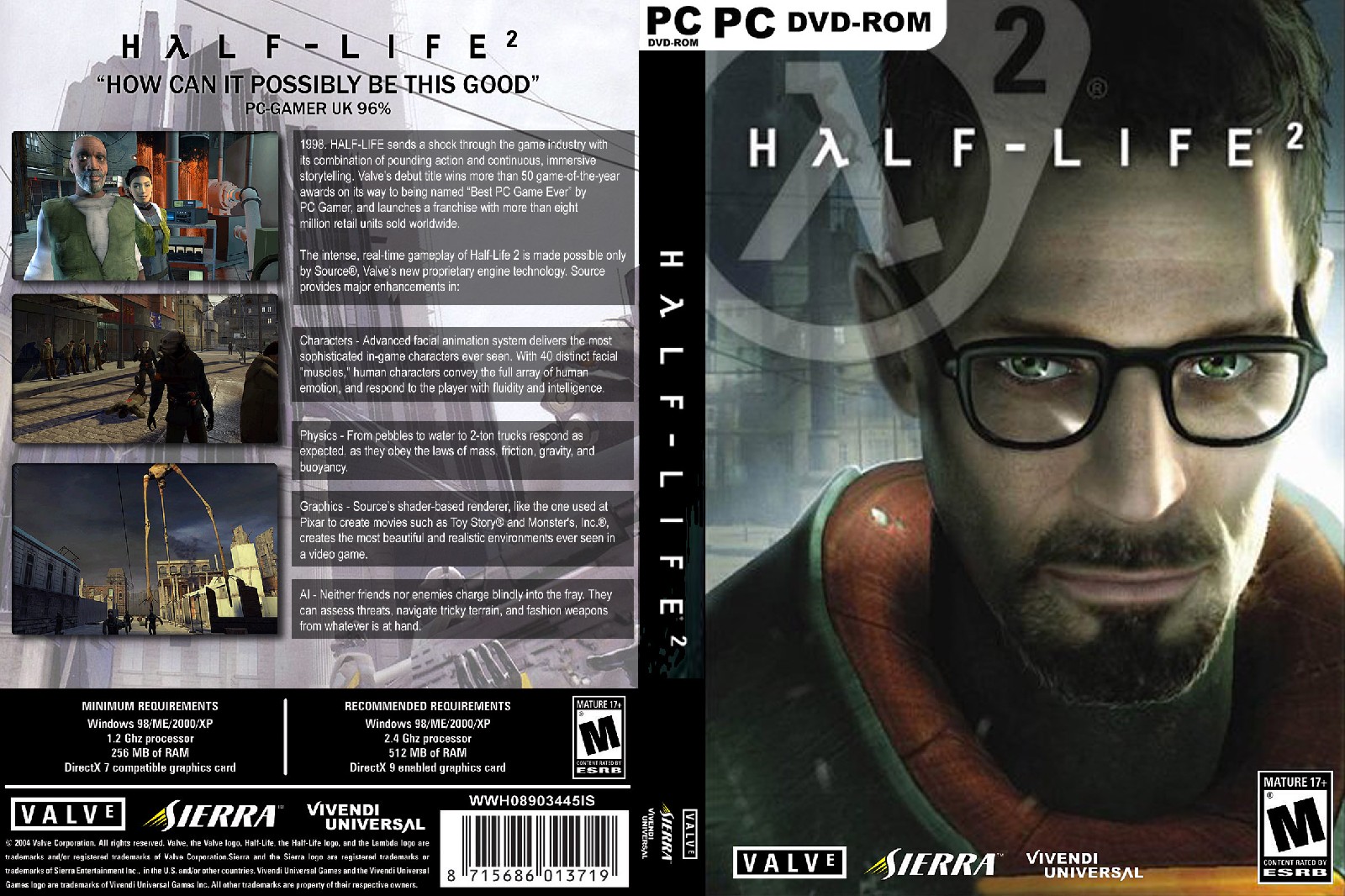Half-life Pc Game


• WW: February 14, 2013 Mode(s), Half-Life (stylized as HλLF-LIFE) is a developed by and published by for in 1998. College Science Outreach Programs. It was Valve's debut product and the first in the.
Players assume the role of, who must fight his way out of a secret research facility after an experiment goes wrong, fighting enemies and solving puzzles. Unlike many other games at the time the player has almost complete uninterrupted control of Freeman, and the story is told through seen through his eyes. Valve co-founder said the team aimed to create an immersive world rather than a 'shooting gallery'. The game's,, is a heavily modified version of the licensed from. Half-Life received acclaim for its graphics, realistic gameplay, and seamless narrative.
Half-Life (stylized HλLF-LIFE) is a series of first-person shooter games developed and published by Valve. The major installments feature protagonist Gordon Freeman. A major goal in any game is to create the illusion of reality, a fact that is especially true for first-person shooters. The whole point of the genre is to put you. A major goal in any game is to create the illusion of reality, a fact that is especially true for first-person shooters. The whole point of the genre is to put you. Metacritic Game Reviews, Half-Life for PC, Half-Life combines great storytelling in the tradition of Stephen King with intense action and advanced technology to.
It won over fifty PC 'Game of the Year' awards and is considered one of the. It influenced first-person shooters for years after its release.
Tage Frid Workbench Plans. Half-Life had sold eight million copies by November 16, 2004, and 9.3 million copies by December 2008. It was to the in 2001, and and in 2013.
It was followed in 2004. Main articles:,, and Two by outside developer have been released for the PC version: (1999) and (2001). The former returns the player to Black Mesa during the events of Half-Life's storyline, but this time from the perspective of, one of the Marines in the sent to cover up evidence of the incident. It introduced several new weapons, new, both friendly and hostile and new, previously unseen areas of the facility. The expansion is shorter than Half-Life, having 11 chapters to the original's 19. Blue Shift returns the player to Half-Life's Black Mesa timeline once more, this time as, one of the facility's security guards. The expansion was originally developed as a bonus mission for the canceled Dreamcast version.
Blue Shift came with the, that gave the player the option to update the look of Half-Life, Opposing Force, and the new Blue Shift content. Blue Shift had relatively little new content compared to Opposing Force: aside from a few variations on existing models, all content was already present in the original Half-Life. Was another expansion by Gearbox, released only as an extra with the version of Half-Life. The add-on featured cooperative gameplay in which two players could solve puzzles or fight against the many foes in the Half-Life universe.
In 2000, a compilation pack titled the Half-Life: Platinum Pack was released, including (with their respective manuals) Half-Life,,,. In 2002, the pack was re-released under the new titles Half-Life Platinum Collection and Half-Life: Generation. These new iterations also included the expansion pack; though if registered on Steam,, as well as and were also included. In 2005, Half-Life 1: Anthology was released, containing -only versions of the following games on a single: Half-Life,,, and. Main article: To experience firsthand the processes mod-makers would have to go through with the new engine, Valve Half-Life (dubbed Half-Life: Source) and Counter-Strike to their new. Half-Life: Source is a straight port, lacking any new content or the Blue Shift High Definition pack. However, it does take advantage of for more realistic water effects, as well as Half-Life 2's realistic physics engine.
They also added several other features from Half-Life 2, including improved dynamic lightmaps, vertex maps, ragdolls, and a shadowmap system with cleaner, higher resolution, specular texture and normal maps, as well as utilization of the render-to-texture soft shadows found in Half-Life 2's Source engine, along with 3D replacements in place of the old 16-bit color prerendered bitmap skies. The Half-Life port possesses many of the Source engine's graphical strengths as well as control weaknesses that have been noted in the Source engine. Later updates added a options, support for OS X and Linux, an optional high-definition texture pack, among other improvements.